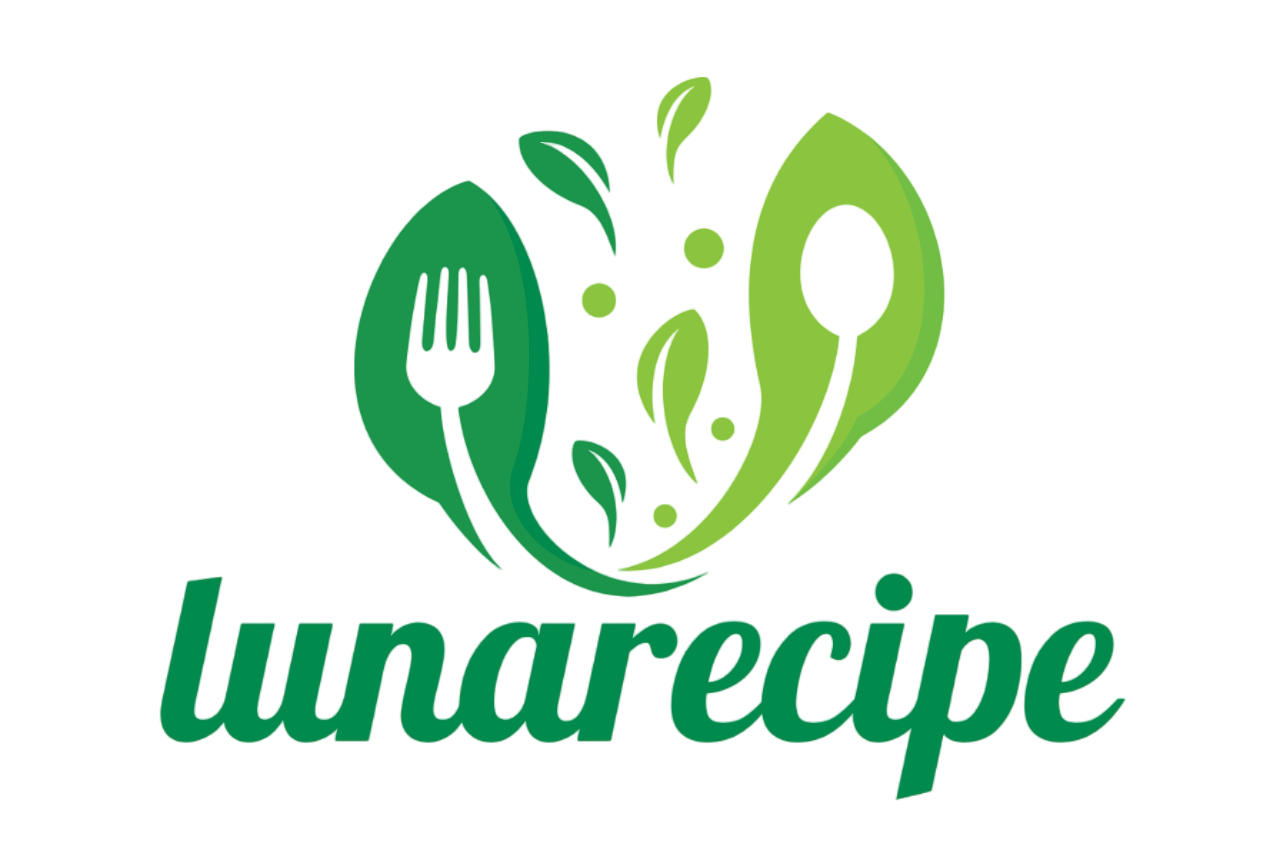The 7-layer salad is a fun and vibrant dish that brings together a medley of fresh vegetables, crispy bacon, and shredded cheddar cheese, all topped with a creamy dressing. Each layer adds a new texture and flavor, creating the perfect balance of crunch, creaminess, and savory goodness.
It’s an ideal side dish for picnics, potlucks, or even a simple family dinner. With its colorful layers and fresh ingredients, it’s not only a treat for the taste buds but also a feast for the eyes. Plus, it’s easy to make and perfect for prepping ahead, making your next meal a breeze to serve.
Full Recipe:
-
1 head iceberg lettuce, chopped
-
1 cup cherry tomatoes, halved
-
1 cup shredded carrots
-
1/2 cup red onion, finely chopped
-
1 cup frozen peas, thawed
-
1/2 cup crispy bacon, crumbled
-
1/2 cup shredded cheddar cheese
-
1/2 cup mayonnaise
-
1/4 cup sour cream
-
1 tablespoon sugar
-
1 tablespoon white vinegar
-
Salt and pepper to taste
Directions:
-
In a large glass bowl, layer the iceberg lettuce at the bottom.
-
Add the cherry tomatoes on top of the lettuce, followed by the shredded carrots.
-
Layer the red onion and thawed peas.
-
Sprinkle the crispy bacon evenly on top of the peas.
-
Top with shredded cheddar cheese.
-
In a small bowl, combine mayonnaise, sour cream, sugar, and vinegar. Season with salt and pepper.
-
Spread the dressing evenly over the cheese layer.
-
Cover and refrigerate the salad for at least 2 hours before serving to allow the flavors to meld.
Prep Time: 15 minutes | Cooking Time: 0 minutes | Total Time: 2 hours 15 minutes
Kcal: 250 kcal | Servings: 6 servings
History and Origin
The origins of the 7-layer salad are a bit murky, with various claims suggesting it first appeared in the mid-20th century. It’s often linked to American Midwest cuisine, where layered salads have been a staple at holiday gatherings and church picnics for generations. What started as a simple salad made with ingredients readily available in every household — lettuce, tomatoes, and cheese — evolved into a crowd-pleasing, visually striking dish over time.
Many believe the salad gained traction during the 1950s and 1960s, the era of casserole-type dishes and the rise of “convenience cooking.” Layering ingredients in clear glass bowls was a trendy way to show off a colorful, eye-catching dish without requiring elaborate cooking skills. It’s also been said that the salad was often prepared by women in church communities, who would bring them to potlucks and gatherings.
The 7-layer salad quickly became a symbol of both simplicity and elegance. It was versatile enough to be adapted to many dietary preferences and occasions, from casual family dinners to formal celebrations.
Variations and Adaptations
While the name “7-layer salad” suggests a fixed formula, there’s a lot of room for creativity and regional variation. The base layers are typically made up of lettuce, tomatoes, shredded carrots, onions, and peas. However, from here, variations abound depending on personal preference, seasonality, and regional influences.
For instance, some people like to add hard-boiled eggs, making the salad more filling and hearty. Others might opt for a different protein source, such as grilled chicken or even seafood like shrimp. In the southern United States, the addition of pickles, olives, or even sweet relish is a popular twist, giving the salad an extra layer of tanginess.
In terms of dressing, while mayonnaise and sour cream are the traditional components of the dressing, variations include the use of Greek yogurt for a tangier and healthier option or ranch dressing for a more indulgent, creamy flavor. You can also add Dijon mustard or balsamic vinegar to adjust the acidity and depth of flavor.
Some people play with the layer composition, adding items like avocado, cheese, or a variety of different greens. The salad can also be made entirely vegetarian or vegan by swapping out bacon for a plant-based alternative and using dairy-free dressing options. The beauty of this dish is that it can easily be tailored to suit various tastes and dietary needs.
Nutritional Information
The 7-layer salad, like many layered salads, can range in nutritional value depending on the specific ingredients used. While it’s not necessarily a low-calorie dish, it can be part of a balanced diet when enjoyed in moderation.
A traditional 7-layer salad contains a variety of fresh vegetables, which are rich in vitamins and fiber. Lettuce, tomatoes, and carrots provide essential nutrients such as Vitamin A, Vitamin C, and folate, while peas offer a good source of plant-based protein. The addition of bacon and cheese adds fats and protein, while the creamy dressing brings in extra calories, mainly from fat.
To give you a rough idea, a typical serving of 7-layer salad (about 1 cup) provides approximately 250–300 calories, 15 grams of fat, and 5–10 grams of protein. The fiber content is generally around 3–5 grams per serving, depending on the quantity of vegetables used.
For a more heart-healthy version, consider reducing the amount of mayonnaise and bacon, substituting with avocado and Greek yogurt, and including more fiber-rich vegetables like kale or spinach. By doing so, you can enjoy a lighter version of the 7-layer salad without compromising on taste.
In terms of micronutrients, this salad is a good source of Vitamin K, Vitamin A, and potassium, particularly due to the inclusion of leafy greens, peas, and tomatoes. Adding ingredients like nuts or seeds (such as sunflower seeds) can increase the salad’s healthy fat content and provide additional minerals like magnesium and zinc.
Serving Suggestions and Pairings
The 7-layer salad is a versatile dish that can be served in numerous ways, whether as a light lunch or a hearty side at dinner. Given its rich combination of textures and flavors, this salad pairs well with a wide variety of main dishes.
For a well-rounded meal, pair it with grilled chicken, roasted turkey, or even a juicy steak. It also works wonderfully with grilled seafood, such as shrimp or salmon, bringing a balance of flavors between the light, crisp salad and the savory protein.
If you’re serving it at a barbecue, the 7-layer salad complements grilled meats like burgers, ribs, and sausages perfectly. It can also be paired with baked or roasted potatoes, adding a touch of starchy goodness to the meal.
For a more vegetarian-friendly meal, serve the salad alongside quinoa, couscous, or a hearty grain bowl, which will provide protein and keep the meal satisfying. For drinks, a chilled glass of white wine or sparkling water with a slice of lemon will complement the freshness of the salad, while a light beer can also be an excellent pairing.
This dish is not just great for dinner; it also makes an excellent potluck dish or party appetizer. Since the salad holds up well when refrigerated, it’s ideal for preparing ahead of time, letting the flavors meld together while you prepare other dishes.
Tips and Tricks for Success
When assembling your 7-layer salad, presentation is key. The beauty of this dish lies in the clear layers, so be sure to use a glass bowl to show off the colorful ingredients. If you don’t have a clear bowl, you can use any large, shallow dish, but it won’t have quite the same visual impact.
For the freshest results, always use fresh vegetables and avoid pre-packaged, pre-chopped options. Fresh lettuce, crisp tomatoes, and vibrant carrots will elevate the salad’s texture and flavor. Additionally, be sure to layer the salad in the order that best showcases the ingredients, starting with the lettuce as the base and layering the rest carefully on top.
When making the dressing, be sure to season it well with salt and pepper. It’s essential to balance the richness of the mayonnaise and sour cream with a bit of acidity from the vinegar or lemon juice. You can also adjust the sweetness or tanginess by adding a little more sugar or mustard, depending on your taste.
To keep the salad crisp and fresh, serve it immediately after assembling. If you’re preparing it in advance, be sure to cover it and refrigerate, but avoid adding the dressing until just before serving to prevent the salad from becoming soggy.
Potential Health Benefits
While the 7-layer salad may not be the healthiest option on the table if eaten in excess due to its calorie and fat content, there are several health benefits associated with its ingredients. The fresh vegetables used in the salad provide essential vitamins and minerals, particularly those rich in antioxidants, which can help combat inflammation and support overall health.
The peas in the salad provide a good source of plant-based protein, which is beneficial for building muscle and maintaining healthy skin. Additionally, the fiber in the salad, particularly from the lettuce, carrots, and peas, can aid in digestion and promote a feeling of fullness, helping to curb overeating.
Advertisement
Bacon, while delicious, is high in saturated fat and sodium, so it’s best to consume it in moderation. However, if you use leaner cuts of bacon or substitute with turkey bacon or plant-based alternatives, you can reduce the dish’s overall fat and calorie content.
The dressing, depending on what you use, can be made healthier by swapping traditional mayonnaise for lighter options like Greek yogurt or avocado, which provides healthy fats without compromising on creaminess.
Conclusion
The 7-layer salad is a crowd-pleasing, visually stunning dish that offers both delicious flavors and versatility. Whether you’re serving it at a family gathering, a barbecue, or a potluck, this salad is sure to be a hit. With endless possibilities for customization, it can be tailored to suit any occasion, dietary preference, or flavor profile.
The combination of fresh vegetables, savory bacon, creamy dressing, and sharp cheese makes for a dish that is as comforting as it is refreshing. So, next time you’re looking to wow your guests or simply enjoy a fun, colorful salad, the 7-layer salad is your go-to recipe.






